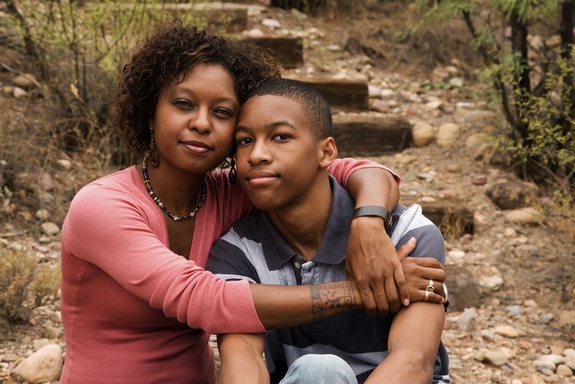The Best (and Worst) Places to Be a Mom

Being a mom is great for many reasons, as your kids may prove this Mother's Day, but it turns out life is better or worse for a mother depending on where she put down roots. According to a new survey, the best place to be a mom is Norway.
In its 13th year, the State of the World's Mothers survey by the nongovernmental organization Save the Children also finds Niger to be the worst place to be a mother, pushing out last year's dismal-motherhood leader Afghanistan.
The United States, meanwhile, ranked 25th out of the 165 countries surveyed around the globe, moving up from its 31st spot last year.
The rankings were based on factors such as a mother's health, education and economic status, and her children's health and nutrition. The survey included 43 developed nations and 122 countries in the developing world. [Top 12 Warrior Moms in History]
As expected, the developed nations fared best, with European countries, as well as Australia and New Zealand, dominating the top spots. The sub-Saharan African countries dominated the lowest rungs of the rankings.
10 best places to be a mom (in descending order):
· Norway
Get the world’s most fascinating discoveries delivered straight to your inbox.
· Iceland
· Sweden
· New Zealand
· Denmark
· Finland
· Australia
· Belgium
· Ireland
· Netherlands/United Kingdom
Worst places to be a mother (in ascending order from the worst):
· Niger
· Afghanistan
· Yemen
· Guinea-Bissau
· Mali
· Eritrea
· Chad
· Sudan
· South Sudan
· DR Congo
To paint a picture of how a mother's life differs between the ranked countries, the report authors compared the best (Norway) with the worst (Niger): While skilled health-care workers are present at just about every birth in Norway, the same is true of just one in three births in Niger. In Norway, nearly 40 percent of parliamentary seats are held by women; in Niger, only 13 percent are. [Infographic: Motherhood Country Rankings]
A typical Norwegian girl can expect to receive 18 years of formal education and live to be 83; a typical Nigerian girl receives just four years of education and can expect a life of just 56 years.
Eighty-two percent of Norwegian women use modern contraception, compared to 5 percent in Niger. In Norway, one in 175 mothers is likely to lose a child before the child's fifth birthday; in Niger, the rate is one in seven.
Even the United States shows compelling differences in motherhood from the top-rated countries.
"A woman in the U.S. is more than seven times as likely to die of a pregnancy-related cause in her lifetime than a woman in Italy or Ireland," Carolyn Miles, president and CEO of Save the Children, said in a statement. "When it comes to the number of children enrolled in preschools or the political status of women, the United States also places in the bottom 10 countries of the developed world."
Nutrition (or lack thereof) seems key to where countries fell on the list. Seven of the 10 worst countries for mom are in the midst of a food crisis, the researchers pointed out, adding that chronic malnutrition causes stunted growth.
More than 80 countries in the developing world have stunting rates of 20 percent or more. Afghanistan, Burundi, Timor-Leste and Yemen have stunting rates close to 60 percent.
Stunted growth can start a vicious cycle: A malnourished young mother will give birth to an underweight baby due to lack of nutrition in the womb, according to Save the Children. Up to 20 percent of women in sub-Saharan Africa are excessively thin, the report finds, a figure that rises to 35 percent in South Asia.
The best way to break this cycle, the authors say, is to focus on pregnant women and their children and continue that focus through her child's second birthday.
Follow LiveScience for the latest in science news and discoveries on Twitter @livescience and on Facebook.
Jeanna Bryner is managing editor of Scientific American. Previously she was editor in chief of Live Science and, prior to that, an editor at Scholastic's Science World magazine. Bryner has an English degree from Salisbury University, a master's degree in biogeochemistry and environmental sciences from the University of Maryland and a graduate science journalism degree from New York University. She has worked as a biologist in Florida, where she monitored wetlands and did field surveys for endangered species, including the gorgeous Florida Scrub Jay. She also received an ocean sciences journalism fellowship from the Woods Hole Oceanographic Institution. She is a firm believer that science is for everyone and that just about everything can be viewed through the lens of science.


